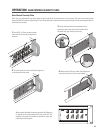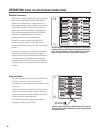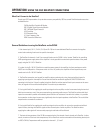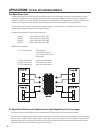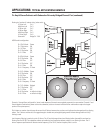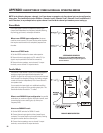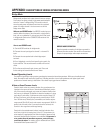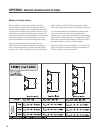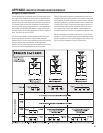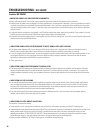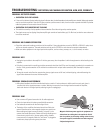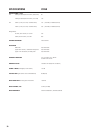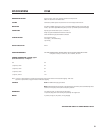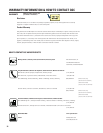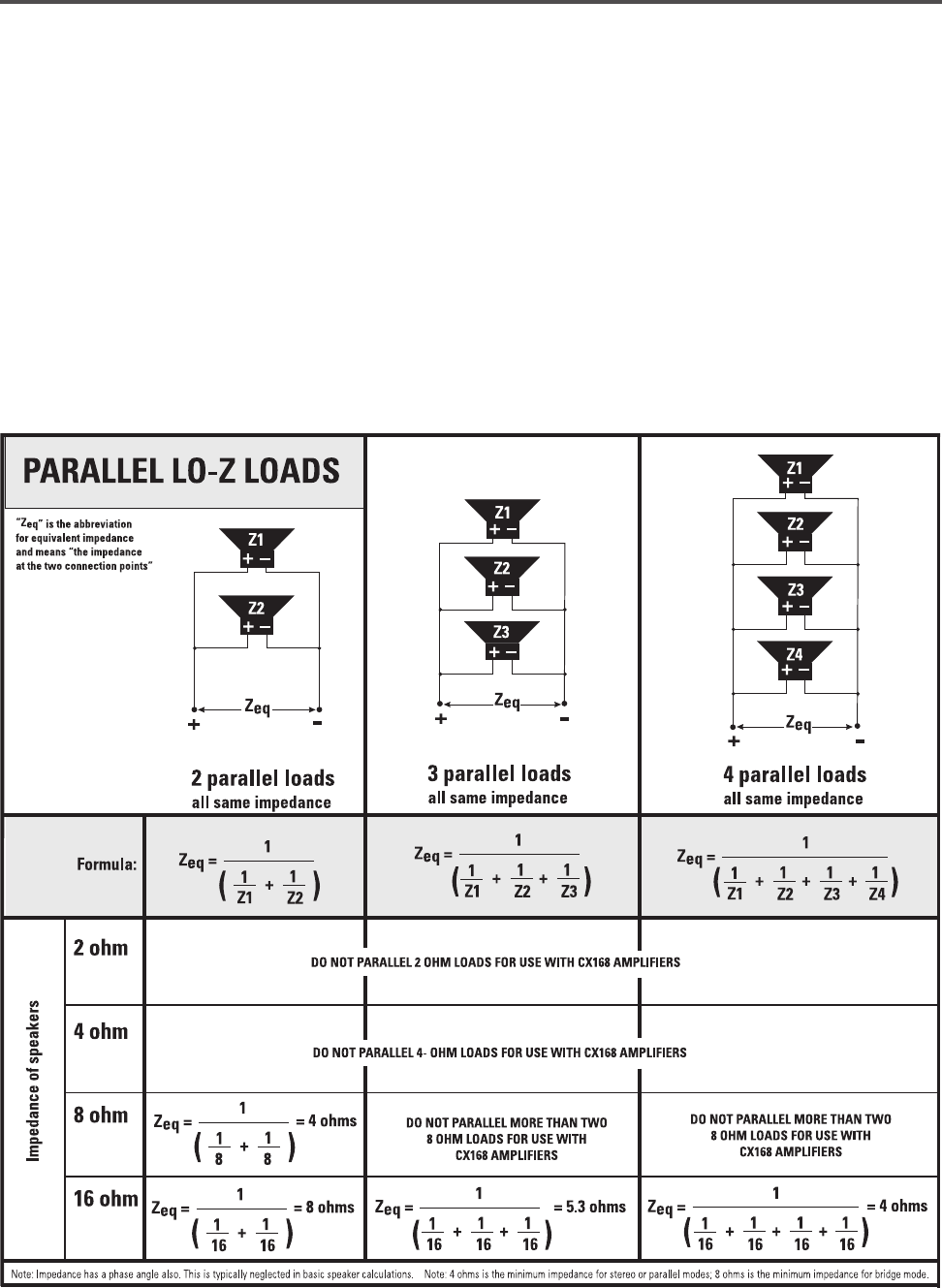
27
APPENDIX: MULTIPLE SPEAKER LOADS IN PARALLEL
If each speaker load is connected across the same signal source
(the output of the amplifier), then the loads are in parallel with
one another. If one of the speakers fails in a parallel-connected
system branch, the remaining speakers will continue to operate.
If all speaker loads are the same impedance, the total imped-
ance of a parallel-connected system branch is the impedance of
one speaker load divided by the number of loads in the branch
(example: three 8-ohm loads in parallel: 8/3=2.667 or roughly 2.7
ohms, too low to use on the CX168).
It is not recommended to connect speakers of different imped-
ances in parallel because power will be divided unequally
between them. If you are experienced with mixing and matching
speaker loads of varying impedances, no damage to the
amplifier will result as long as the total impedance is within 4 to
16 ohms per channel, dependant upon operating mode.
Most PA-type speaker cabinets are provided with two or more
input jacks that are wired in parallel. If one cabinet is connected
to the amplifier, the load impedance is equal to the one cabinet’s
specified impedance. If you attach another similar cabinet to the
remaining jack of the first cabinet, the two cabinets are now in
parallel with each other and the impedance will be half of the
one-cabinet value. Consult your speaker’s documentation for
connection details as there are many connection methods in use.
Below are examples of parallel connections of 4, 8 and 16 ohm
speakers. 2 and 4 ohm parallel loads are not usable because the
parallel impedance of 4 ohm loads will always be 2 ohms or less;
this is too low an impedance for the CX168 amplifier.
Multiple Lo-Z Loads in Parallel:



